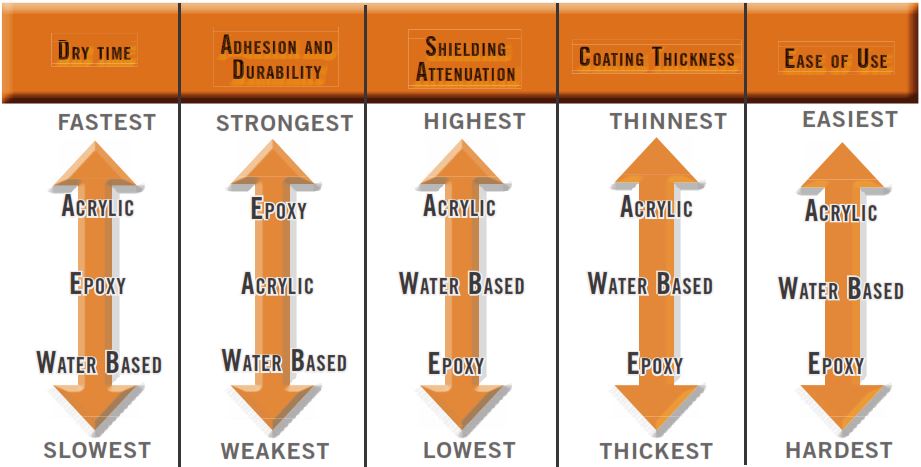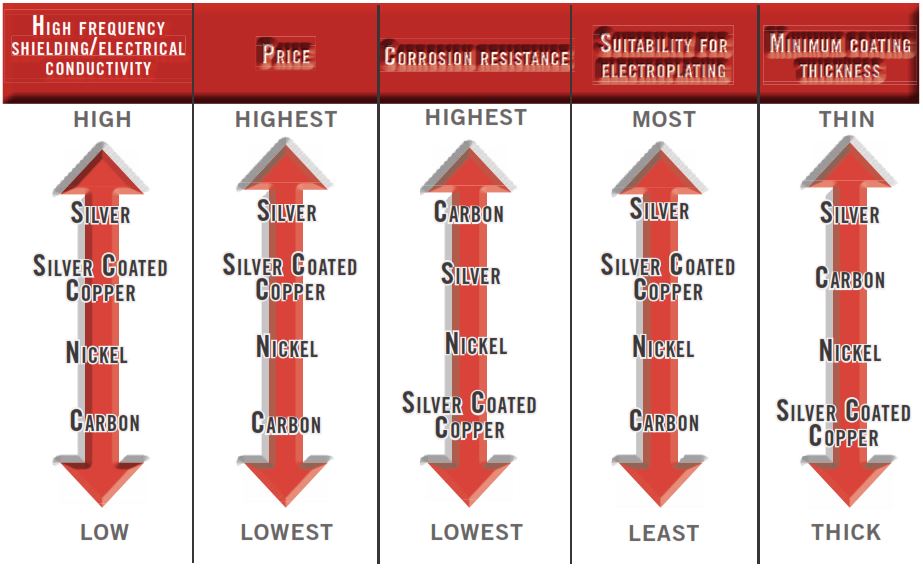
Electromagnetic Interference (EMI) and Radio Frequency Interference (RFI) are two sides the phenomena where electronic devices create and are affected by electromagnetic radiation. Often, the terms RFI and EMI are used interchangeably because radio waves are simply a subset of the electromagnetic spectrum. However, in practice, EMI generally refers to short range interference caused by high frequency emissions within the device itself, while RFI refers to longer wavelength interference from sources external to the device. EMI and RFI affect devices differently, but they are a related phenomenon and a common issue for today’s electronics.
EMI and RFI are a growing problem in the modern world. Today’s environment is filled with RFI. Radio, cell phone, and WIFI transmitters permeate space with signals. Solar activity and other sources from outer space also create significant radio wave noise. Additionally, as devices become smaller, they are increasingly vulnerable to EMI, especially when the distance between circuits are less than one wavelength. This creates a challenging environment for electrical engineers. We wrote
What is EMC?
Electro-Magnetic Compliance (EMC) is a critical part of electronic design. EMC is achieved when a device is designed to be protected from external EMI and RFI, and does not significantly generate its own. Government bodies and industry organizations such as the Federal Communications Commission and Society of Automotive Engineers have written comprehensive laws and guidelines for EMC that electronic devices must meet before being sold. Achieving EMC is no small task.
How is EMC Achieved?
Most EMC is achieved through good circuit design. Opposing magnetic fields cancel each other out, therefore circuits are designed so that the field from one part nullifies the field of another part. However, this does not eliminate all EMI and RFI. EMI and RFI shielding is commonly necessary to capture the residuals.
A basic example is shielded twisted pair wiring, where two wires are run in opposite directions and twisted together so that their electromagnetic fields cancel each other out. The twisted pair is then put into a metal tube that eliminates residual emissions.
What is EMI and RFI Shielding?
The energy of an electromagnetic wave is reduced or “attenuated” when it passes through a conductive material. EMI and RFI shielding is a layer of conductive material. It may be designed to protect a device from its environment or components of a device from each other. In both cases, conductive paints provide effective solutions.
Metal enclosures inherently provide excellent EMI and RFI shielding, but most modern enclosures are plastic, offering no intrinsic protection. To achieve EMC, the inner surfaces of plastic enclosures are commonly coated with a conductive paint.
Board components are often shielded with metal caps, but with miniaturization there is not always room for one. However, a thin film of conductive paint can fit in tight places, and sometimes come to the rescue.
How is EMI and RFI Shielding Measured?
Attenuation is measured in decibels (dB) on a logarithmic scale. 10 dB of EMI and RFI Shielding will reduce the energy of the incident wave by a factor of 10. 20 dB will reduce it by a factor of 100; 30 dB by 1000, and so on. Read more about how EMI and RFI Shielding is measured here.
It is important to note that the shielding effectiveness of all materials will differ depending on the wavelength of the radiation being shielded. A measurement of shielding effectiveness is only useful if the range of wavelengths for which that measurement is known.
What does MG Chemicals offer?
MG Chemicals offers a range of conductive paints for EMI and RFI shielding and related applications.
Customers can choose between three chemistries:
- Acrylic is the most common. It is widely used on electronic enclosures, satellite dishes, and board level applications. It is easy to apply, durable, and adheres well to many surfaces.
- Water Based Urethane is the only choice in architectural applications because of its low VOC content. It is non-flammable, has no noxious vapors, and is not a dangerous good by air.
- Epoxy is used when extreme durability is needed. It offers mar and scratch resistance, very strong adhesion, extreme abrasion resistance, impact resistance, and strong chemical resistance.
| Carbon is best for low frequency shielding, musical instruments, and grounding. | Silver coated copper provides superior shielding at higher frequencies. |
| Nickel is suitable for most device level shielding applications. It provides good shielding and excellent corrosion resistance | Silver offers the best shielding and corrosion resistance. It is also the best choice for board level shielding and mission critical applications. It can be applied very thin. |
Pigment / Resin Systems Combination Product Selection Chart
| Resin System | |||
| Pigment System | Acrylic | Water Based Urethane | Epoxy |
| Carbon | 838AR | N/A | N/A |
| Nickel | 841AR | 841WB | 841ER |
| Silver Coated Copper | 843AR | 843WB | 843ER |
| Silver | 842AR | 842WB | N/A |
Performance Comparison of Coating Bases
Each coating base comes with its own tradeoffs depending on the application.

Substrate Adhesion
Each polymer system comes with its own adhesion strength depending on the substrate it is applied to.
| ACRYLIC | EPOXY | WATER BASED | |
| Acrylonitrile Butadiene Styrene (ABS) | Excellent | Excellent | Excellent |
| Polycarbonate (PC) | Excellent | Excellent | Excellent |
| PolyVinyl Chloride (PVC) | Excellent | Excellent | Excellent |
| Nylon 66 (Polyamide) | Excellent | Excellent | Excellent |
| Polypropylene (PP) | Poor | Poor | Poor |
| Glass | Poor | Excellent | Poor |
| Metal | Poor | Excellent | Poor |
| G-10 Fiberglass Epoxy | Excellent | Excellent | Excellent |
| Dry Wall | Good | Good | Excellent |
Performance Comparison of Coating Pigments
Each conductive filler comes with its own tradeoffs depending on the application.

